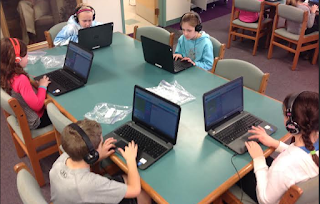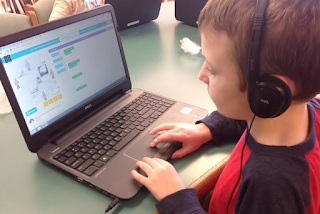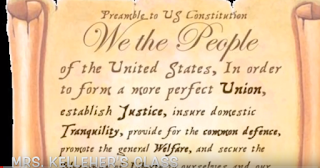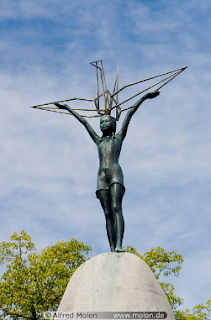Tuesday, December 22, 2015
MARVELOUS MAPS!
Monday, December 21, 2015
HAPPY HOLIDAYS!
Tuesday, December 15, 2015
JAMESTOWN ADVENTURE

Monday, December 7, 2015
HOUR OF CODE
The Hour of Code is a one-hour introduction to computer science, designed to demystify code and show that anybody can learn the basics. Every student should have the opportunity to learn computer science. It helps nurture problem-solving skills, logic and creativity. By starting early, students will have a foundation for success in any 21st-century career path. See more stats on code.org.

Friday, October 23, 2015
Wednesday, October 21, 2015
SCIENTISTS AT WORK
 |
| We investigated the adaptation that owls use to eat known as owl pellets. |
 |
| We opened up the owl pellets and found some pretty interesting things. |
 |
| Look at the bone we found in the owl pellet. |
 |
| Using the microscopes helps us determine which type of bones we found. |
 |
| It takes patience and a skilled hand to locate the bones among all the fur. |
 |
| Here is a close up of some of the bones we found. |
 |
| We sorted the bones using a chart to help us figure out what kind of animal was in the pellet. |
 |
| This one may be a skull of a rodent. |
 |
| The owl pellet has to be broken apart and sorted. |
 |
| Mrs. LaRussa shows us how the bone shapes are similar to a human's structure. |
 |
| This is amazing! |

Tuesday, September 29, 2015
COMPASSES IN CLIC!
- that magnets have two poles,
- that compasses point north and south,
- that the Earth is a giant magnet
The essential questions we focused on are:
1. How does a compass work?
2. How is the Earth like a giant magnet?
 |
| Max and Max investigate how a compass works. |
 |
| Kaylie and Lilly look on as Sarah makes a temporary magnet out of a needle just by rubbing it on a magnet. |
 |
| We made temporary magnets and floated them on cork in water to show how compasses work. |
 |
| Emily and Katrina work on making their temporary magnet float. |
The state standards we are enriching with this activity are:
Social Studies
1. Use map and globe skills to determine absolute locations (latitude and longitude) of
2. Interpret a map using information from its title, compass rose, scale, and legend. (G)
Science
9. Recognize that magnets
have poles that repel
and attract each other.
10. Identify and classify
objects and materials
that a magnet will
attract and objects and
materials that a magnet
will not attract.

Thursday, September 3, 2015
OUR FIRST DAY!

Friday, August 28, 2015
WELCOME TO 4K!
- Teddy Bear Project
- Wingmasters
- CLIC
- Electric Circuits
- Magnet Activities
- Rocks and Minerals
- Two Field Trips
- Long Division
- Pay Day
- Class Store
- Poetry Sharing
- Geography Show
- and much, much more

Friday, June 19, 2015
AMAZING ANIMALS OF CENTRAL AMERICA

Sunday, June 14, 2015
NAVIGATORS GAME
4.L.4.5 Demonstrate understanding of figurative language, word relationships, and nuances in word meanings.
4.L.4.5.b Recognize and explain the meaning of common idioms, adages, and proverbs.

Friday, May 29, 2015
SADAKO
 Sadako
Sadako
CLICK ON THE LINKSTO SEE A BIT OF OUR PERFORMANCE
The fourth graders have all read the very touching story of Sadako and the Thousand Paper Cranes. It is an historical fiction book about a real little girl, Sadako Sasaki, who lived with her family when the atom bomb was dropped on Hiroshima at the end of World War Two. The story takes place a few years later when Sadako develops leukemia due the radiation lingering the air after the bomb. It teaches so many deep lessons about courage, hope, peace and strength.
To enrich this experience further,we spend a day with two talented artists who teach the students music and dances that relate the story and theme. This comes to us thanks to TESPTO.
Our class will perform along with Ms. Scott's class on Monday, June 1st. Students should wear black pants or shorts, sneakers and a white top.
We hope you are able to attend this heartwarming show. Parents should arrive at 2:00.
Tuesday, May 19, 2015
"NOODLING IT OUT"
"What are the properties of squares and rectangles?"

Subscribe to:
Posts (Atom)





















